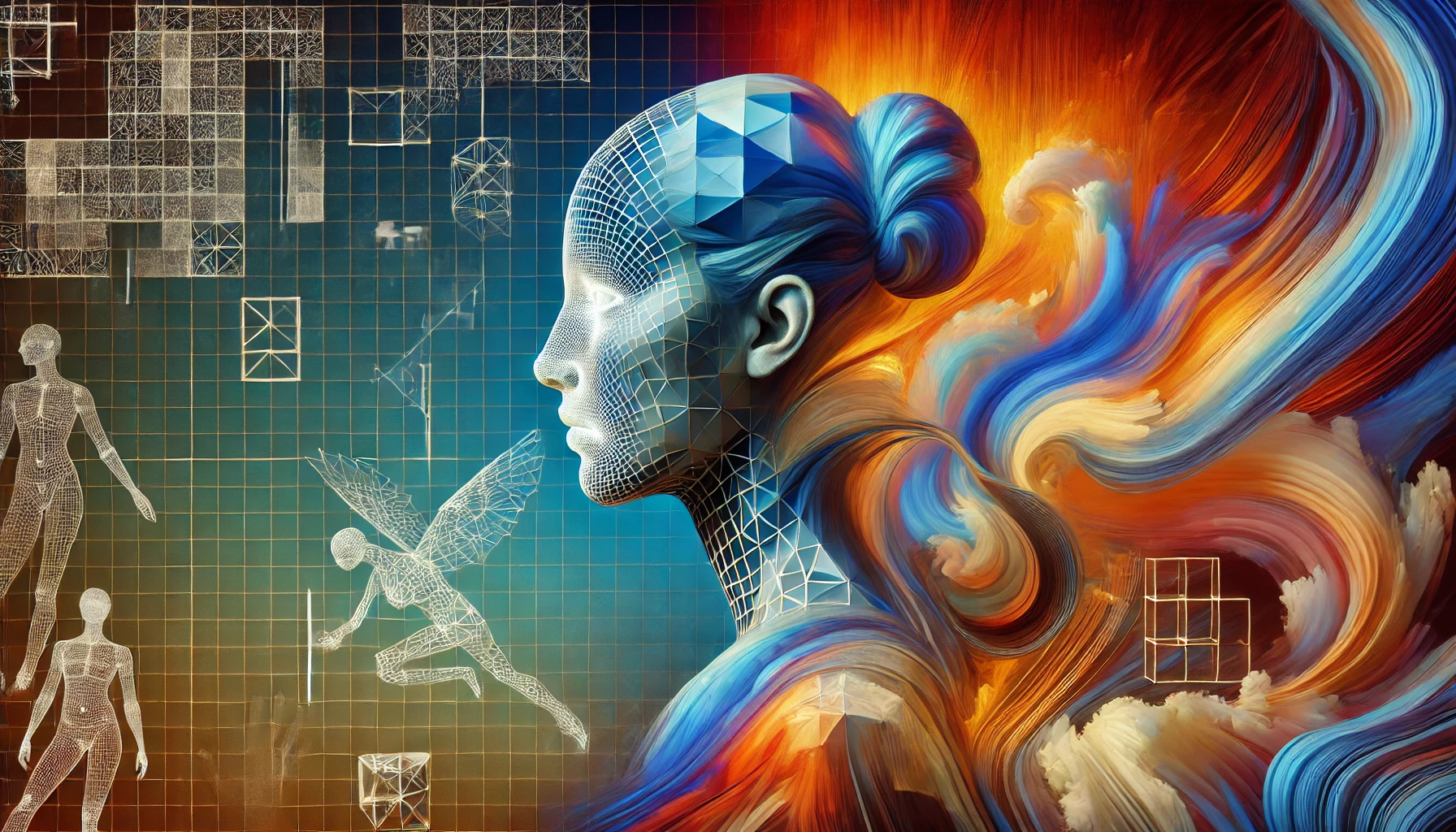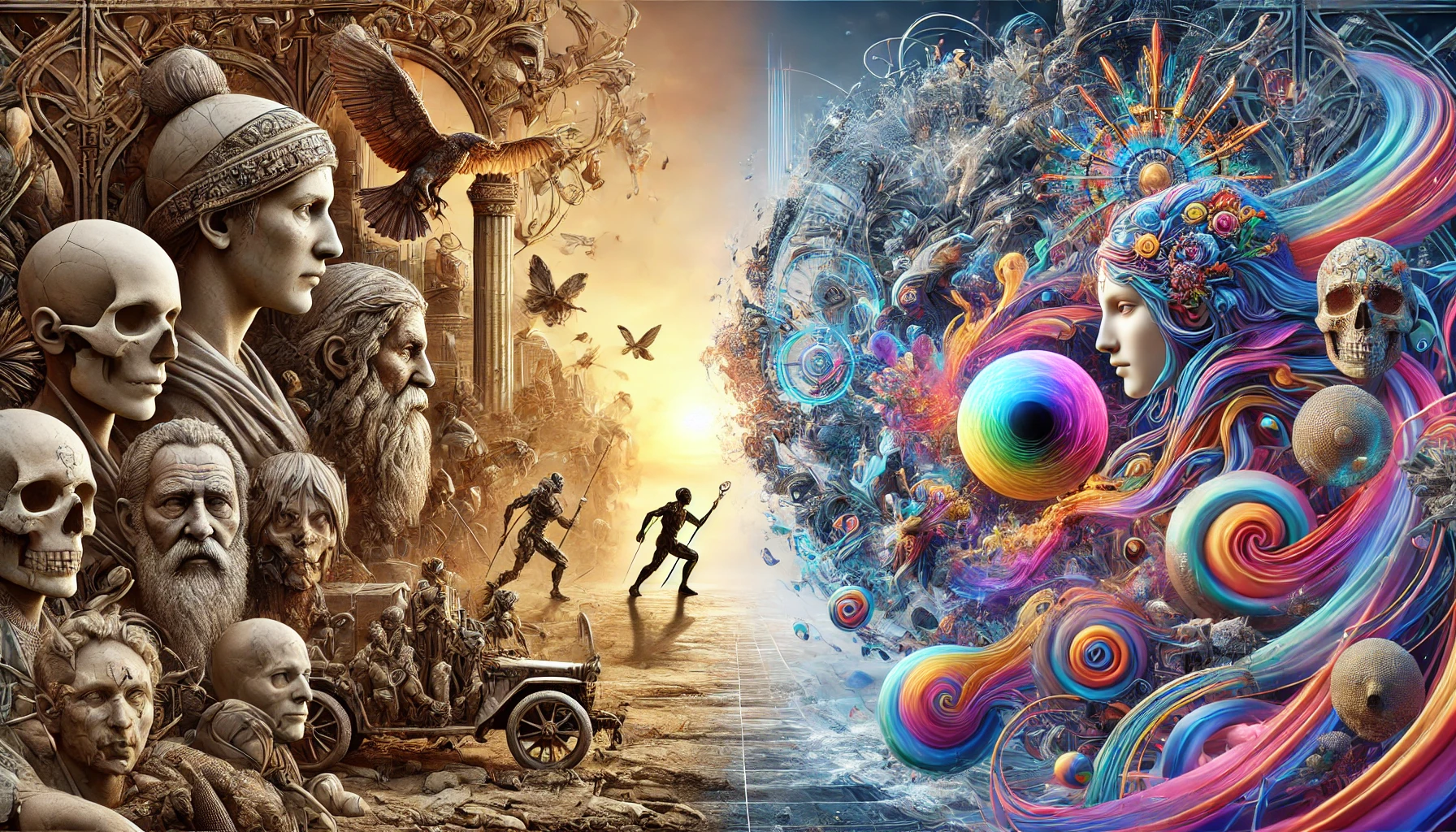The world of digital art is evolving at a breathtaking pace, driven by advances in AI and continuous improvements in 3D modeling tools. Among the key players in this arena are Daz3D and Poser, well-established platforms for creating detailed 3D characters and scenes, and Stable Diffusion, an AI-powered image generation tool. But how do these tools compare, and what does their coexistence mean for artists?

evocative image of the union between traditional 3D digital (Daz3D, Poser, Blender etc...) and Stable Diffusion
Traditional 3D Modeling: The Realm of Daz3D and Poser
Daz3D and Poser have been cornerstones for 3D artists, especially for those focusing on character creation and animation. These platforms allow users to:
Create and Customize Characters: Both tools offer extensive libraries of pre-designed models, clothing, and accessories, with the ability to tweak features to fit any project.
Produce High-Quality Renders: Using advanced rendering engines, users can create photorealistic images or stylized scenes.
Integrate with Other Software: Artists often export models to software like Blender, Maya, or game engines like Unreal Engine for further development.
However, mastering these platforms requires a significant investment of time. Users need to learn about rigging, lighting, and rendering to produce convincing visuals—a steep learning curve that may deter beginners.
The AI Revolution: The Impact of Stable Diffusion
Stable Diffusion represents a new wave of creativity powered by artificial intelligence. Unlike traditional modeling tools, it focuses on image generation from textual descriptions, offering:
Instant Results: By typing a prompt, users can generate images in seconds.
Artistic Experimentation: Stable Diffusion can create styles ranging from hyper-realism to abstract, all without requiring deep technical knowledge.
Accessibility: No need for expensive hardware or years of training—anyone with a computer can use it.
However, Stable Diffusion has limitations. It is less suited for projects requiring precise control over individual elements, such as rigging a 3D character for animation. Its output, while impressive, lacks the depth and flexibility of a true 3D model.
Daz3D and Poser vs. Stable Diffusion: A Comparative Look
| Feature | Daz3D/Poser | Stable Diffusion |
|---|---|---|
| Customization | Full control over models and assets | Limited to generated images |
| Ease of Use | Steep learning curve | Beginner-friendly |
| Output Type | 3D models, animations | 2D images |
| Rendering Time | Can be lengthy | Almost instant |
| Cost | Paid models and tools | Often free or low cost |
Collaboration, Not Competition
Rather than viewing these tools as competitors, artists can leverage their unique strengths to complement each other. For example:
Use Stable Diffusion for brainstorming and quickly visualizing concepts, then recreate or refine them with Daz3D or Poser.
Generate backgrounds with Stable Diffusion to enhance scenes created in Daz3D or Poser.
Combine AI-generated textures or styles with 3D assets for hybrid works.
The Future of Digital Art
As AI tools like Stable Diffusion continue to evolve, they are likely to integrate more seamlessly with traditional 3D modeling platforms. Imagine an ecosystem where:
AI assists with rigging and animation in Daz3D.
Artists use textual prompts to enhance 3D renders directly within Poser.
Collaborative workflows blur the lines between manual and AI-generated art.
The rise of tools like Stable Diffusion does not spell the end for platforms like Daz3D and Poser. On the contrary, it opens up new possibilities for creativity. By embracing both traditional 3D modeling and AI-powered art, creators can explore uncharted territories and redefine what is possible in the world of digital art. The future is bright—and it’s powered by innovation.








Leave a Comment